 THE ATARI 2600
THE ATARI 2600 
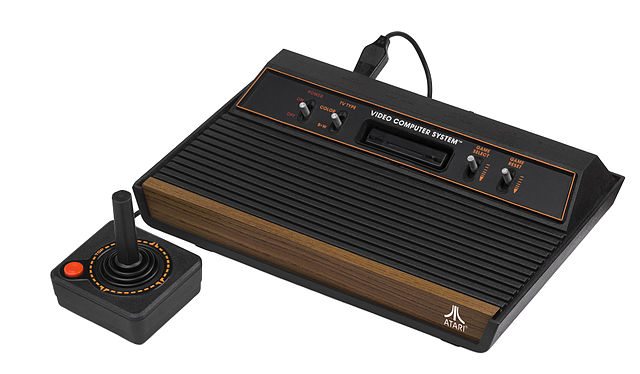
 THE ATARI 2600
THE ATARI 2600 

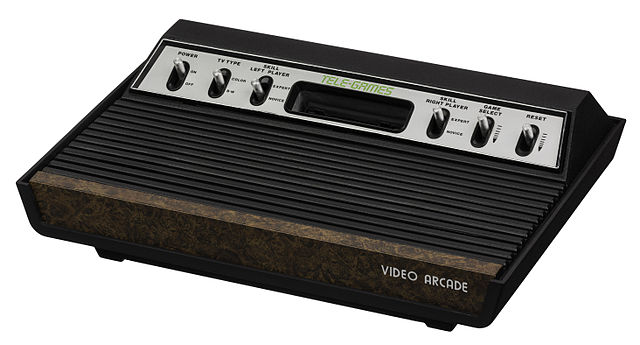
|
The legendary company whose name is synonymous with the word "videogame." Founded as an arcade- game produced by Pong inventor Nolan Bushnell in 1972, Atari came to prominence in 1977 with the company's most famous product, the TV game system Atari 2600. This system is the father of all videogame systems. How can anyone forget this system. This was the big one, everybody and their brother had a 2600. If you didn't have it, chances are a friend did. There were several different types of Atari 2600s available. Some were the standard plastic casing, others featured a simulated wood cabinet. Another version came out for a low, low price of under $50. If gamers want a huge library of games, this is where to go.
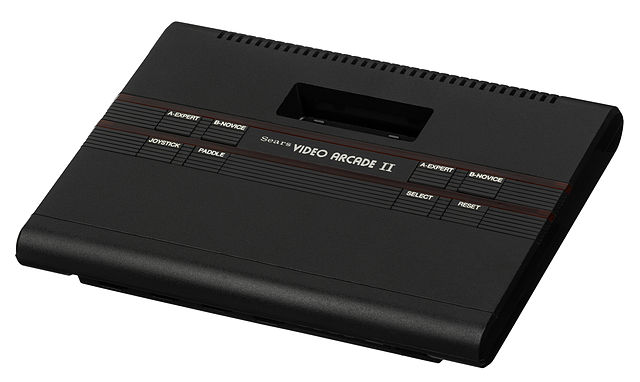 O what a joy it was to play this system everyday when I got home from school. These games bring back so many memories. If you are an avid collector of video games, this is the site for you. |
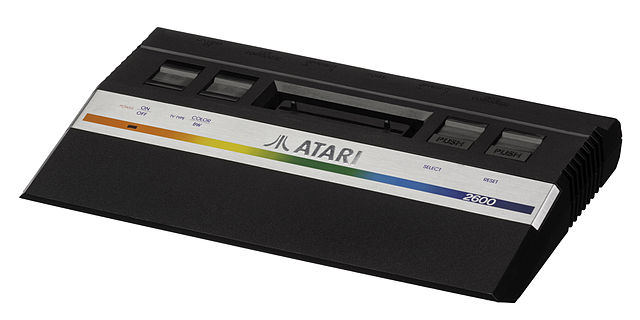
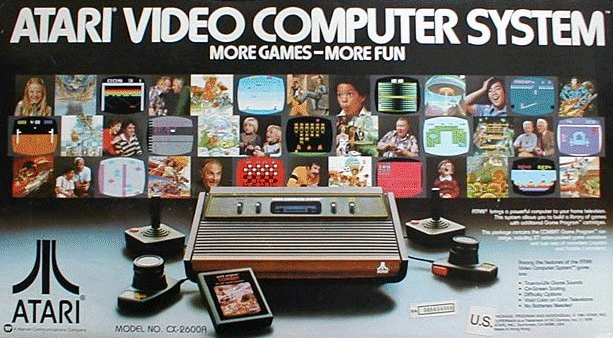
Released in 1977, the Atari 2600 is widely regarded as the first successful home video game console, and it played a pivotal role in the evolution of the gaming industry. Known for its iconic wood paneling, distinctive joystick controller, and impressive library of games, the 2600 is a legendary console that remains a nostalgic touchstone for retro gaming enthusiasts.
As the pioneer of the home gaming revolution, the Atari 2600 introduced millions of people to the magic of playing games from the comfort of their own living rooms, laying the foundation for the industry as we know it today. But how does it hold up after all these years? Let's explore its features, strengths, and weaknesses.
The Atari 2600 features a simple, boxy design with a unique wood veneer front panel (on most models). Its sleek, minimalist appearance made it look like a piece of modern technology for its time, though in hindsight, it now feels a bit dated. The console's controllers were a significant departure from the arcade-style setups people were used to. The classic joystick with a single red button was the standard controller for the system, offering basic functionality that would eventually become iconic in gaming culture.
The controller's design was relatively simple, but it was durable and easy to use, though over time, it became prone to wear and tear. The difficulty switch on the front of the console also became a recognizable feature, allowing players to adjust difficulty levels during gameplay. While the hardware itself wasn't anything groundbreaking by modern standards, it had a charm and practicality that made it a joy to use back in the day.
The Atari 2600 was far from the most powerful console on the market, especially by modern standards, but it was a revolutionary step forward for home gaming in its time. The system featured 8-bit graphics and could display only a limited number of colors and shapes, leading to some relatively basic visuals. Despite these limitations, the 2600's games were designed in a way that made the most of what it could handle, often creating iconic and memorable experiences with simple but effective graphics.
While it couldn't compare to the arcade machines of the time in terms of visual fidelity, the Atari 2600 was still able to deliver an entertaining experience. Its sound capabilities were also rudimentary, producing simple beeps and bloops, but it helped set the tone for many of the early gaming experiences.
The Atari 2600's game library is both its biggest strength and its biggest weakness. It had a massive catalog for its time, with over 500 titles spanning genres like action, puzzle, sports, and adventure. Classic games like "Space Invaders," "Asteroids," "Pac-Man," and "Missile Command" made their way to the 2600, and many of these early arcade ports were surprisingly good considering the system's hardware limitations.
However, the sheer quantity of games available meant that there was also a lot of mediocre or poor-quality content on the market. The video game crash of 1983 was, in part, due to the over-saturation of poorly made games, and the 2600 was not immune to the influx of cheap, poorly designed titles that flooded the market. Still, the golden age of Atari produced several timeless classics, and the console remains a testament to the creativity and passion of the early days of gaming.
The ability to swap out cartridges also made the system extremely versatile, offering players a vast array of experiences from different genres.
While the Atari 2600 didn't have backward compatibility in the way modern consoles do, it did feature a simple cartridge-based system that allowed players to easily switch between games. This design became the industry standard and is still used by most consoles today. The 2600's legacy as the console that brought gaming into the living room is undeniable. It opened the doors for home gaming, making video games accessible to a mass market and laying the groundwork for future consoles.
Even though it didn't last as long as some other consoles, its impact on gaming culture cannot be overstated. The 2600 helped cement Atari as the leading name in gaming, at least for a few years, and is still remembered fondly by those who grew up with it.
The Atari 2600 was an immediate success upon its release, with millions of units sold by the early 80s. However, the rapid growth of the gaming industry and the saturation of the market with subpar titles led to the video game crash of 1983, which hurt the console's long-term prospects. Despite the eventual downfall of the Atari brand, the 2600 had a lasting impact on the gaming industry, helping shape the future of consoles and video game development.
The 2600 still holds a place in the hearts of retro gamers, collectors, and enthusiasts, and it remains an essential part of gaming history.
Graphics & Sound: The Atari 2600's graphics and sound capabilities were limited by modern standards, and while it was impressive at the time, it can feel rudimentary today.
Game Library Quality: While there were several iconic and fun titles, the 2600's game library also included a significant amount of poor-quality games that contributed to the video game crash in 1983.
Controller Durability: The controller design was simple, but it didn't hold up as well over time, leading to issues with stiff joysticks and unresponsive buttons after years of use.
Limited Innovation: While the 2600 was groundbreaking for its time, it was relatively basic compared to later systems in terms of technology, game design, and overall user experience.
The Atari 2600 is a historically significant console that played a major role in shaping the video game industry. It's hard to overstate its importance in the development of home gaming, and for its time, it provided an incredible experience for players. The games may seem simple by today's standards, but the 2600 laid the foundation for the gaming culture we know and love today.
For retro gaming fans, the Atari 2600 is a must-have, if only for its historical significance and the nostalgia it invokes. However, for modern gamers, the 2600 may feel a bit too dated, with its basic graphics, limited sound, and occasional controller issues.
? A pioneering console with a rich library of games and an undeniable place in gaming history. While limited by today's standards, it remains an essential part of retro gaming culture.